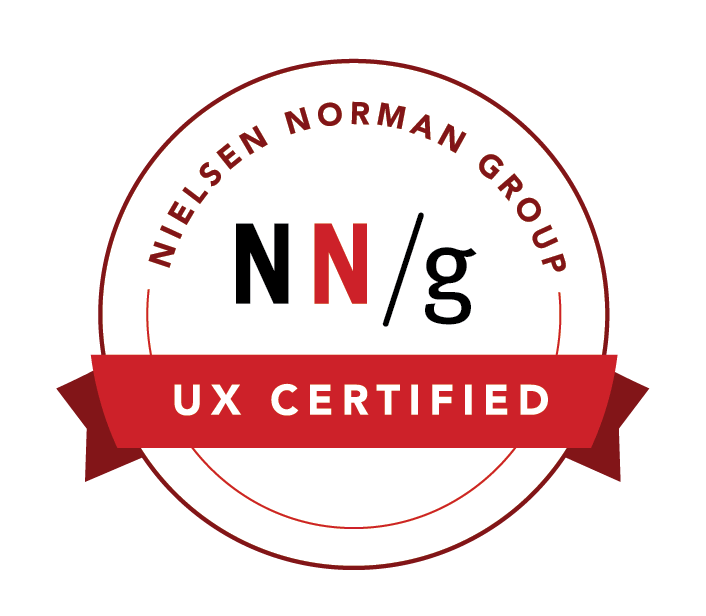Convert Leads by Adding These Elements to Your Website
December 18th, 2019
The majority of websites are built with the intention to convert leads. Whether you measure conversion in form submissions, downloads or product purchased, there are many ways to help potential customers take the desired action on your website.
From modules, to design elements to content tactics, here are some ideas to help convert leads—share your ideas in the comments:
Convert Leads Using Chatbots
When a customer has a question about your service or products, do you send them off the page to the blog section of your site, or the FAQ pages? What if you could answer their questions while they remained on the page where you wanted them to take action? Enter the chatbot. Embed chatbots on your site to discretely pop up and offer assistance to your customer. Chatbots can be set up with answers to common questions your customers have. If a customer enters a question into the chatbot that doesn’t have an answered assigned to it, the chatbot can offer instructions to customers to call, email, or chat with a live operator.
Optimize Lead Forms
Lead forms capture information from your site visitor and can include name, email, business name and industry. In many cases, lead forms consist of name and email address fields. While keeping forms this short is appealing to site visitors, it doesn’t capture much information for you. Adding one or two fields for company name or job title or industry still keeps the form short and provides additional information about your site visitor. This additional information can help inform—along with knowing the page the form submission came through—can inform your decisions regarding list segmentation and remarketing efforts.
Include Contextual Calls to Action
It’s important to have one main call-to-action on your pages. However, that doesn’t mean you can’t have more than one call-to-action on a page—just one main call-to-action. In the blog section of your site (and we do think you should have a blog), for each article, add contextual calls-to-action within the body of the copy. These calls-to-action are formatted in the same way as the body copy of the article, and are often set off by parens or brackets. They do not have a button, box or color associated with them.
[To learn how SHERPA can help you convert more leads, reach out to us here.]
Share Case Studies, Testimonials and Social Proof
Client testimonials often contain hidden gems about your company that could persuade a site visitor to buy your product or hire your services. Have you ever read a product or service review and thought: “Me too! I have that same problem.” Sometimes customer testimonials phrase product experiences in fresh and descriptive ways that make connections with site visitors.
Often for services, like web development or content marketing, case studies summarize a complex project into easily understood concepts while showing successful results. Sharing case studies gives potential customers an idea of what it is like to work with your company, and what results they might have.
Highlighting social proof—recommendations for your brand by customers through social channels—is another way to reveal to potential customers the quality of your product or stellar customer service. Before using social posts from your customers, ask their permission and let them know how their praise will be used for your marketing.
Convert Leads with Landing Pages
Use landing pages throughout your site for calling attention to specific products or services. Optimize landing pages with appropriate keywords, imagery, copy and call-to-action.
[To read more about sprucing up your landing pages for the holidays, see the article “Make Your Seasonal Landing Page Stand Out.”]
Create a Responsive Design
We’ve said it before, and we’re saying it again—it’s that important. Responsive design matters. We carry computers in our pockets that we sometimes use as phones. Many of us no longer sit behind desktop computers with hard drives warming our toes. We surf online in the aisles at stores, waiting at the doctor’s office, on vacations, at weddings and even at funerals. Your website must be mobile responsive when visitors click over to your site from an ad or search result.
What does mobile responsive mean? With the development of coding languages, various features and functionalities were created to enhance the desktop surfing experience—in the beginning, the desktop experience is all that mattered. Think of Flash—a software used to create animated works. Viewing a Flash site on mobile is typically a very bad experience: elements move around or fall off the screen; it’s difficult to scroll or click appropriate links; etc. Flash’s technology doesn’t work well on mobile—and it’s not the only software that doesn’t. That’s why you want to be sure that the way your site is built adjusts seamlessly to the configuration of a mobile device. You want customers to add your products to their cart without scrolling on their phone to find the add-to-cart button. And when they do click that button, you don’t want the next action from your site to reset their browser or send them to a difficult to navigate page.
Set Up Tracking
It is often assumed that anyone practicing digital marketing knows they need to set up Google Analytics in order to gather data about their site visitors. It bears repeating, that tracking visitor behavior on your website—and analyzing that behavior—is a foundational building block of an effective digital marketing strategy. Double check that you have the appropriate tracking code added to the correct place in your website header. It could take a week or two to gather trustworthy data, so give the tracking code time to work before analyzing data and making changes in the early days.
Archive Webinars and Tutorials
If your company uses webinars or video tutorials, archive those videos on your site so visitors can play them on-demand. For each video, provide a landing page with optimized copy and a clear call to action, requesting them to complete a form before watching the video.
As with any efforts to help potential customers take the desired action—convert—on your site, it’s essential to have a thorough plan for follow-up and nurturing. Speak with a SHERPA today about creating a customized digital marketing plan that convert leads and make an impact!





